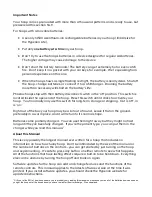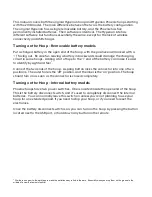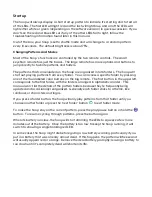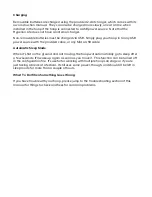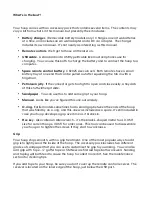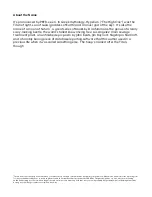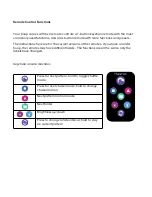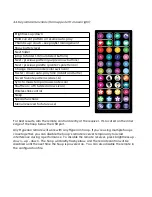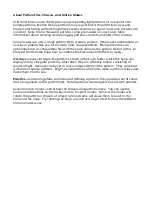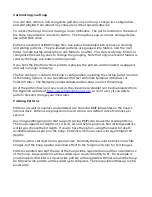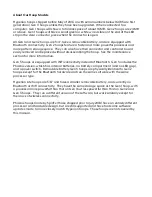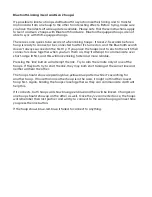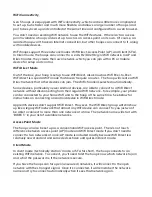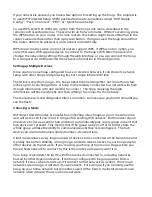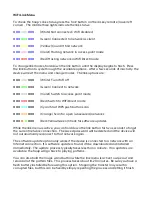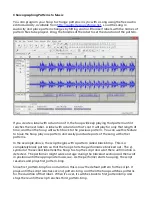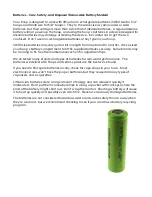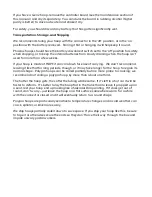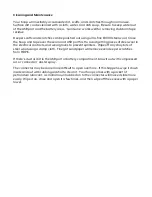
Customizing your Hoop
You can add, remove, and reorganize patterns on your hoop, change its configuration,
and edit playlists from almost any computer without special software.
To access the hoop, connect it using a micro USB cable. The port is located on the side of
the hoop, opposite the connector button. The hoop shows up as a mass storage device,
like a USB flash drive.
Patterns are stored as BMP image files. See below for detailed instructions on creating
and editing patterns. The pre-loaded patterns are grouped into folders, and the ‘next
folder’ remote button will skip from one folder to another. You can create new folders or
reorganize the existing ones to change the grouping. Note that only one level of folders is
read by the hoop; sub-folders will be ignored.
If you hold the R button while a pattern is playing, the pattern will be marked as skipped
and will no longer auto-play.
The file ‘config.ini’ contains the hoop’s configuration, including the startup pattern and all
of the timing options. It can be edited with a text editor like Notepad (Windows) or
TextEdit (Mac). The file itself contains detailed instructions on all of the settings.
All of the pattern files (and new ones as they become available) can be downloaded from
the Hyperion website at
http://www.hyperionhoop.com
, so don’t worry if you delete
pattern files and change your mind later.
Creating Patterns
Patterns (as well as overlays and palettes) are stored as BMP image files on the hoop’s
internal drive. Patterns are played one line at a time, at a default rate of 240 lines per
second.
Any image editing program that supports saving BMPs can be used to create patterns.
The hoop supports bit depths of 1, 4, 8, 16, 24, and 32 bits per pixel. Not all image editors
will let you choose the bit depth. If you do have the option, using the lowest bit depth
available will save space on the hoop. Patterns with more colors will require higher bit
depths.
Patterns with a 1-bit depth are a special case. Normally these would be black and white
images, but the hoop applies a rainbow effect to the foreground color for 1-bit images.
Patterns smaller than half the size of the hoop will be repeated around the circumference
of the hoop. Larger patterns will be scaled up or down smoothly to fit. For example, if
your hoop has 160 LEDs, a 20 pixel wide pattern will be repeated 8 times around the hoop.
An 80 pixel wide pattern will be scaled up to 160 pixels. The hoop will read files up to 256
pixels wide.


